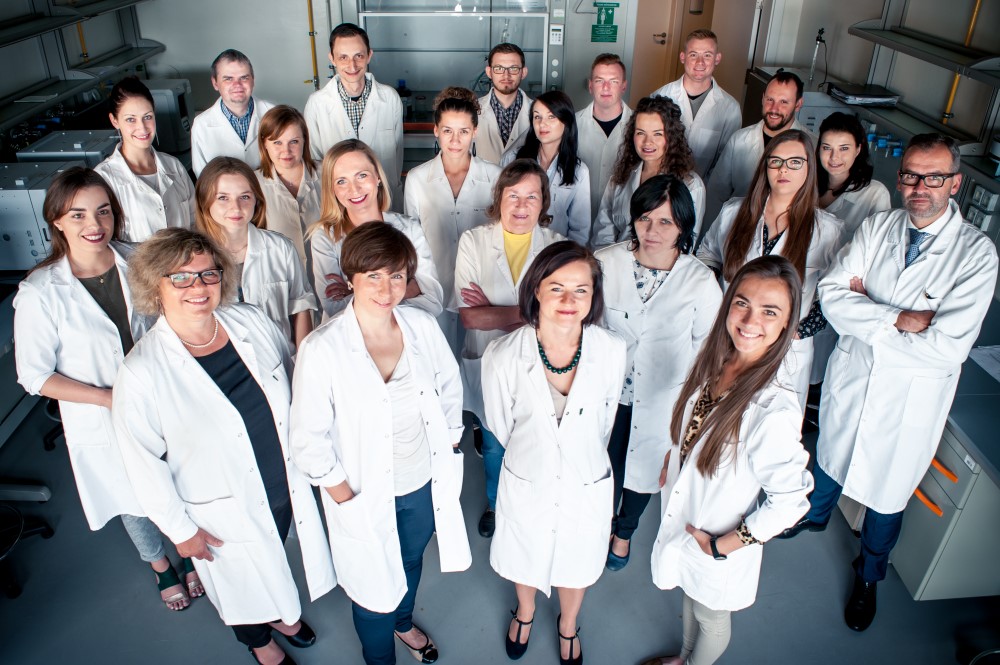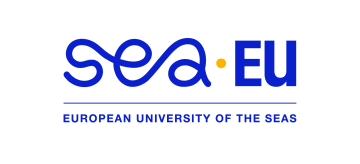
Professor of Environmental Chemistry at the University of Gdańsk. His scientific interest covers evaluation of distribution and transformation mechanisms of chemical pollutants in the environment, as well as their ecotoxicological assessment and analytical methods to detect them. He has published over 200 original and review articles in journals from JCR list. He was an editor of 8 books, author and coauthor of 3 handbooks for students. He gave over 50 lectures. His work was cited over 5000 times and his Hirsch index is 46. He has actively solicited for funding of his research project, both from domestic as well as international agencies, receiving funding for over 30 projects. He has supervised 13 doctoral thesis. He has initiated and held a position of the first director of the Institute of Environmental Protection and Human Health UG. He also held a position of Dean of Faculty of Chemistry UG. Currently he is v-ce Rector for Science UG.
(i) analysis and environmental fate of residues of pharmaceuticals used in human and veterinary medicine entering the environment, (ii) development of novel analytical solutions for environmental and biomedical research, (iii) profiling of cuticular insect lipids as potential biofungicides, (iv) chemotaxonomic classification of plants based on the profile of secondary metabolites and (v) study of chemical composition disorders of biologically active compounds in patients with metabolic diseases
Processes of wastewater originating astaxanthin binding onto fish scales.
Sorption of natural pigment from shrimp process wastewater to the fish scales.
Both projects aimed towards implementation of technology of the application of a solid waste (fish scales) as a natural adsorbent for a carotenoid pigment (astaxanthin) from the seafood industry wastewater. Under the experimental conditions used, the maximum loading capacity of astaxanthin nto the scales is 360 mg/kg - Technological implementation for Línuhönnun hf, Islandia and Lýsi hf, Iceland. Duration2000, 2005
